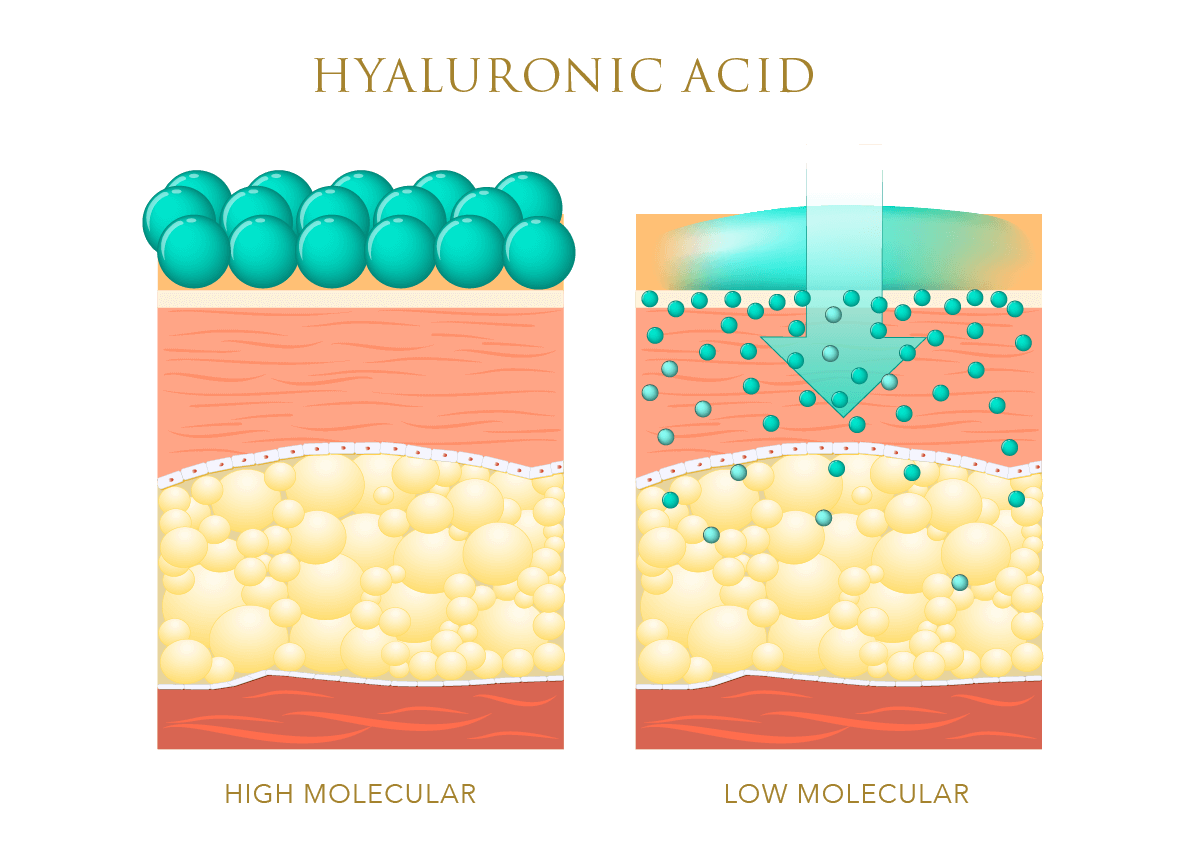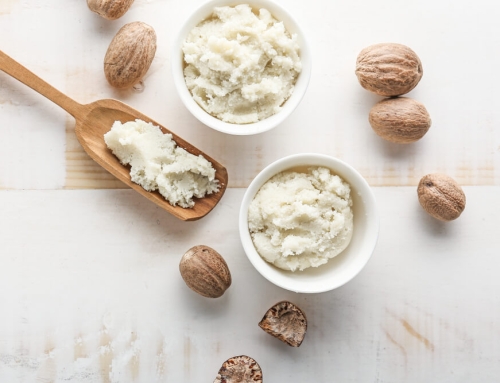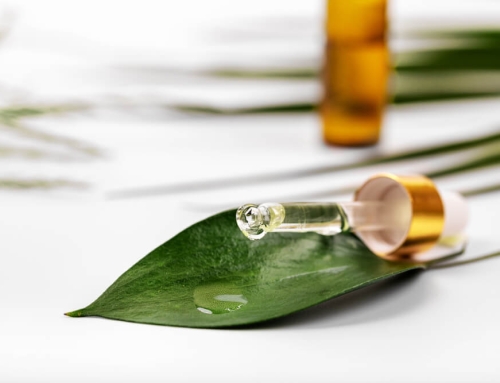Each year, different skin care ingredients make the headlines, leading to more and more consumers seeking them out. While many of the latest must-have ingredients are nothing more than passing fads, others have much more weight behind them, with compounds that enable them to truly transform the skin.
So, which skin care ingredients have everyone been talking about this year?
According to search engine results, and, let’s face it, the year of Covid-19 has also been the year that most have done their skin care shopping online, these five ingredients are the ones that everyone has been searching for.
Vitamin C

At the top of the list of the most searched-for skin care ingredients of 2020 sits vitamin C. It’s always been common knowledge that vitamin C is one of the most important ingredients to consume when you need an overall health boost, and now more and more people are realizing that this applies directly to the skin too.
What Does Vitamin C Do for the Skin?
Vitamin C is a powerful antioxidant. This means that, just like all of the other antioxidants out there, vitamin C is capable of neutralizing the free radicals in your skin, the same ones that would have destroyed your skin’s protein fibers and accelerated your skin’s aging process.
It also:
- Lighten areas of hyperpigmentation while brightening the overall skin tone
- Aids in the production of collagen and elastin, which are the two main proteins responsible for how smooth and firm your skin is. In the long run, this means fewer fine lines and wrinkles
- Has anti-inflammatory properties that can help with acne and psoriasis
How to Use Vitamin C on Your Skin
The best way to use vitamin C on your skin is with a serum.
Why?
Because the lightweight consistency of a serum means that it penetrates deeper into your skin than thicker and heavier products. This allows it to reach the skin cells that lie in your skin’s deeper layers, which are the ones that need the vitamin C the most.
Ideally, look for a serum that contains multiple forms of vitamin C, such as the 24K Vitamin C Booster Facial Serum. This potent blend has been formulated with both tetrahexyldecyl ascorbate and ascorbyl palmitate, both of which are powerful forms of the vitamin.
You’ll also find vitamins A and E in this serum, making it a multi-tasking formula that can be used on all skin types.
Retinol
Coming a close second to vitamin C is retinol, also known as vitamin A. There has been so much information published lately about the many wonders that this vitamin can perform, making it no surprise that more and more people have been seeking it out.
What Does Retinol Do for the Skin?
As mentioned, there’s plenty of information on retinol out there. This is one of skin care’s most-studied ingredients, with just about every bit of research available confirming its many benefits for the skin.
However, here’s a quick summary of the benefits of retinol:
- Significantly increases collagen production, which reduces the appearance of fine lines and wrinkles and gives your skin a much smoother texture
- Has an effect similar to exfoliation, leaving your complexion looking bright and fresh, while also speeding up your skin’s natural cell renewal process
- Helps to fade dark spots and hyperpigmentation
- Regulates how much sebum your skin produces, preventing it from over-producing and therefore preventing breakouts
- Stimulates blood vessel production in the skin, which gives your skin a much healthier color
How to Use Retinol on Your Skin
The best way to treat your skin to the many benefits of retinol is either with a serum or a cream. You may find retinol being used in many cleansers, and while this does have its benefits, you need to be using a product that will remain on your skin for an extended period of time in order for your skin to fully absorb the retinol.
The 24K Multi-Vitamin Night Nourishment + Retinol is a good choice, especially for those who have never used the ingredient before.
Retinol is an extremely potent ingredient, and many people will often experience a reaction in their skin when they first start to use it. This is actually pretty common and usually takes about two to three weeks to subside.
For this reason, you need to start slow when introducing retinol into your skin care routine. Look for a product, such as the one above, that contains plenty of soothing and calming ingredients too (in this case, aloe vera, shea butter, chamomile extract, jojoba, vitamin E, and more!), and only use your new retinol product every two to three days to begin with.
Once your skin has grown accustomed to the ingredient, you can then increase your usage until you’re applying the cream each night.
Hyaluronic Acid

Hyaluronic acid quickly surpassed the other skin care acids in terms of popularity in 2020, but that’s also due to the fact that hyaluronic acid isn’t quite like the other acids out there…
What Does Hyaluronic Acid Do for the Skin?
Rather than being used for exfoliation, hyaluronic acid is actually a humectant. This means that it attracts water from the environment around it and then holds onto that moisture. In fact, hyaluronic acid is capable of holding up to 1000 times its weight in water!
What does it do with all of that water?
Well, if the hyaluronic acid happens to be sitting on your skin, then your skin absorbs all of the water from each hyaluronic acid molecule. As you can imagine, this is a huge game-changer for skin hydration, making it no surprise that an increasing number of people have been looking into hyaluronic acid.
How to Use Hyaluronic Acid on Your Skin
There are actually two forms of the ingredient that you need to know about…
Hyaluronic acid is the first, but sodium hyaluronate is another option.
What’s the difference between the two?
Sodium hyaluronate, also known as low molecular hyaluronic acid, is the salt form of hyaluronic acid, meaning that it has a much smaller molecular size. This enables it to penetrate deeper into the skin. This doesn’t necessarily make it better, since the surface layer of your skin would really benefit from hyaluronic acid too.
In order to gain maximum benefits from this ingredient, try to incorporate both hyaluronic acid and sodium hyaluronate into your skin care routine.
How?
Well, take a look at the 24K DMAE Wrinkle Tightening Solution for a powerful dose of hyaluronic acid. This unique formula can be applied directly to wrinkles, where it will then instantly plump them up and smooth them away, largely in part to the high amount of hyaluronic acid used.
When it comes to sodium hyaluronate, the 24K Nano Day Recovery is a good choice. This is a gel-like cream designed to reduce the appearance of fine lines and wrinkles. It also contains seaweed extract which helps to increase skin moisture levels too, making it a fantastic formula for those with dry or dehydrated skin.
Ceramides
In addition to searching for products containing ceramides, 2020 saw many people also searching the internet to find out what ceramides actually are. This is a fair question – ceramides have been appearing in so many more skin care products lately, so it only makes sense that people want to learn a little more about them.
Here’s the answer…
Ceramides are lipids, otherwise known as fat molecules, that are found in their highest concentration on the surface layer of your skin. In fact, it is believed that up to 50% of the skin’s natural protective barrier is made up of ceramides, making this a key component of your skin.
What Do Ceramides Do for the Skin?
Ceramides basically hold the outermost layer of your skin cells together, forming a waterproof seal around them all. This helps to prevent moisture from evaporating out of the skin, keeping your skin hydrated and healthy.
However, the amount of ceramides naturally produced by the skin slows down with age. Everything from sun exposure to acne breakouts can also inhibit ceramide production.
What happens when there aren’t enough ceramides in the skin?
Your skin’s protective barrier suffers. Not only will all of the moisture in your skin quickly evaporate out, leaving your skin parched and rough, but allergens and impurities from the environment around you will also be able to enter your skin much more easily, leading to a whole host of different issues.
This is why skin care products containing ceramides have been in the spotlight lately…
How to Use Ceramides on Your Skin
If you look at the ingredients list of products that contain ceramides, you’ll notice that each ceramide is accompanied by a number, or sometimes a couple of letters. These indicate differences in the chemical composition of the ceramides used, since there are several different types of ceramides out there.
When it comes to your skin, just about any ceramide would be beneficial. Even better would be using multiple ceramide-containing products.
So, what’s the best product for delivering ceramides to your skin?
Well, unlike some of the other ingredients on this list, ceramides are a key component of your skin’s surface. This means that you should look for moisturizers or thick serums that contain ceramides, ideally ones that will really coat every inch of your skin.
The 24K Sir Volcanic Blaze is a great option. In addition to containing ceramides, it is also packed with a variety of peptides and humectants, both of which are also key components of your skin’s protective barrier.
Witch Hazel

When it comes to botanical ingredients, witch hazel was one of the most popular in 2020. Acne sufferers will be familiar with this ingredient, and, due to the unexpected maskne breakouts that people started experiencing, witch hazel quickly went even more mainstream.
What Does Witch Hazel Do for the Skin?
Witch hazel is an astringent, which means that it has a cleansing effect that also tightens the pores. To get more specific, witch hazel can:
- Temporarily cause the pores to contract, which therefore prevents them from producing quite as much oil, reducing acne breakouts
- Reduce inflammation and soothe the skin. This not only helps with acne, but also with other inflammatory skin conditions, such as eczema
- Protect against skin damage, due to the powerful antioxidant properties of its tannins
How to Use Witch Hazel on Your Skin
Both serums and creams are beneficial when it comes to witch hazel. Although you want the ingredient to be carried deeper into your skin, its main benefits apply to your skin’s surface layer, so these cells need to receive plenty of it too.
A good middle ground is the 24K Termica Activation Serum. Its gel-like texture makes it a little thicker than other serums, meaning that those skin cells on the surface of your skin will really benefit from it.
In addition to witch hazel, this potent formula also contains:
- Peptides
- Ceramides
- Green tea extract
- Licorice root extract
- Retinyl palmitate
- Kojic acid
This is a formula designed to smooth and brighten the skin, making it especially beneficial for those with oily skin who are also looking out for anti-aging products.
The fact that more and more people are now spending an increased amount of time on the internet searching out specific skin care ingredients is a good thing – it always pays to know exactly what you’re putting onto your skin, and therefore in your body. While you don’t want to jump on the bandwagon for every new skin care fad out there, the five most searched-for ingredients of 2020 are all worthwhile contenders, each one deserving of a spot in your daily skin care routine.










